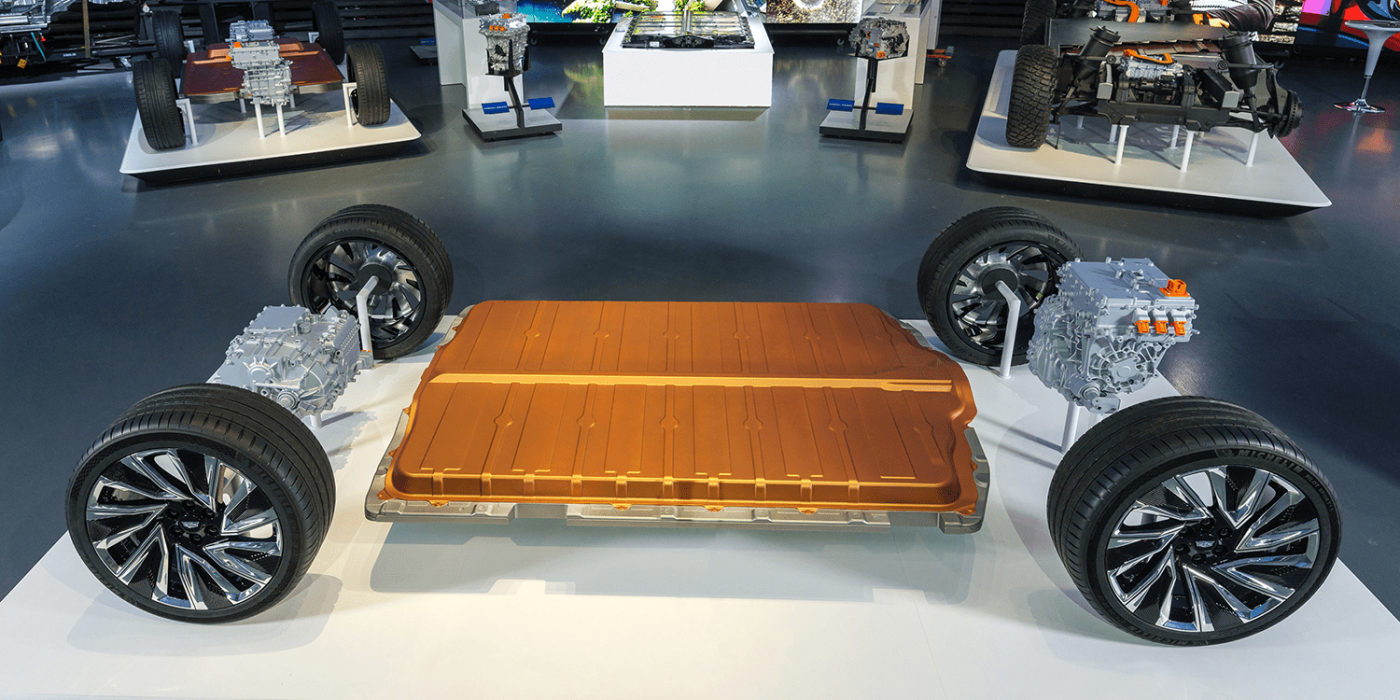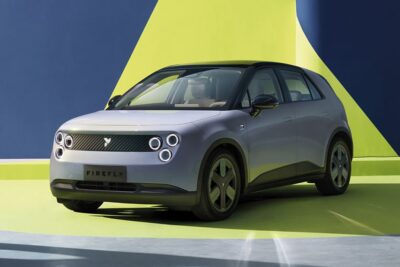General Motors reveal new battery system and platform
At an “EV Day” for investors, General Motors CEO Mary Barra presented an overview of the Group’s ambitious electric strategy. At the heart of the strategy is the third-generation new platform involving a modular battery system called Ultium. The platform should base the spectrum of electric vehicles from hatchbacks to pickups, SUVs and commercial vehicles.
++ Kindly find all updates to this article below. ++
The presentation was characterised by its overview of an all-encompassing strategy involving the Group’s entire upcoming portfolio using all four General Motors brands: Chevrolet, Cadillac, GMC, and Buick.
Mary Barra, GM chairman and CEO. “What we have done is build a multi-brand, multi-segment EV strategy with economies of scale that rival our full-size truck business with much less complexity and even more flexibility.”
Flexible platform and breakthrough battery system
GM announced the platform just last month, when the Group presented a rough electric road map. Although not a lot more detail was revealed about the new platform on EV Day, the main features have now become clear. The new platform apparently makes it possible to install GM-developed motors in front, rear and four-wheel drive layouts. Flexibility is further enabled in combination with the impressively variable Ultium battery constellations that GM has made possible.
The US-American carmaking giant sees the development of this system as a unique opportunity in the industry primarily because of the possible formats: the large-format pouch cells can be arranged vertically or horizontally in the battery pack. The capacities of the battery packs have a range between 50 and 200 kWh, which should allow ranges of 400 miles (644 km) and more.
In the battery construction kit, 6, 8, 10 or 12 modules can be combined to a pack. In the case of the announced Hummer EV, two 100 kWh packs of 12 modules each are to be stacked on top of each other. Each module is to have its own battery management system (BMS), where all data about the module’s service life is also stored, which should make recycling easier. Since the BMS is controlled per module and not centrally, individual modules should be easier to replace. This should also make it possible to integrate modules with other cell chemistry. General Motors cars are to house 400-volt batteries and fast-charging capabilities of up to 200 kW, while larger vehicles will be relying on 800-volt batteries and a fast-charging capability of up to 350 kW (which apparently include the planned electric pickups).
General Motors also addressed what some call the “holy grail” of EV adoption: price. GM’s joint venture with LG Chem aims to reduce the cost of battery cells to below 100 US dollars/kWh. The Group emphasised the fact that the cells use special chemistry with “low cobalt content”, presumably to perhaps alleviates some geopolitical concerns. General Motors is not limiting the Ultium battery system to its own vehicles with this undertaking. The battery system should also provide new sources of revenue with the use of the battery beyond the Group’s own fleets and with license technology for other vehicle manufacturers.
New electric vehicles incoming
With the combination of a flexible platform and breakthrough battery, it seems that General Motors fully committing to electrification with a broader industrial strategy. “Thousands of GM scientists, engineers and designers are working to execute a historic reinvention of the company,” said GM President Mark Reuss. “They are on the cusp of delivering a profitable EV business that can satisfy millions of customers.” Aside from the Group’s fundaments of the platform and battery, what emerged from “EV Day” was the sheer pace of the schedule of EVs to be released over the next couple of years. Chevrolet, Cadillac, GMC and Buick will all launch new electric vehicles this year.
A “new version” of the Bolt EV will arrive in late 2020, followed by the Bolt EUV in the summer of 2021. Indications suggest that the electric hatchback will receive a minor facelift.
In April, GM plans to unveil the luxury electric SUV from Cadillac, which will be called Lyriq, the manufacturer has now revealed. This will be followed by the presentation of the GMC Hummer EV on 20 May 2020. Production is expected to begin in Autumn 2021 at GM’s Detroit-Hamtramck assembly plant, the Group’s first assembly plant dedicated to EV production.
The Cruise Origin autonomous electric vehicle revealed in January will be the first product to use GM’s third-generation EV platform and Ultium batteries. At the presentation, Cruise emphasised the fact that the Origin is a production model, not a concept vehicle. At the same time, the US company gave no details on when the model will be produced.
General Motors claim that their technology can be scaled to meet demand even higher than the expected 1 million global sales by mid-decade. Since electric vehicles are less complex than fossil-fuelled vehicles GM can initially plan 19 different battery and drive unit configurations, compared with 550 internal combustion powertrain combinations currently available. The General Motors strategy appears to be comprehensive and bold, utilising of the fact that electric motors are less complex than their fossil-fuelled counterparts while embracing the inexorably increasing uptake of electric vehicles.
Update 06.03.2020: In the meantime, more details about the new cell technology of Ultium batteries have been revealed. Citing Andy Oury, GM’s chief battery engineer, media reports specified that the cells will provide 60 per cent more capacity than the cells used in the Chevrolet Bolt EV. GM is switching from NMC (nickel-manganese-cobalt) chemistry to NMCA chemistry, adding aluminium. This is the key to reducing the cobalt content by 70 per cent. The new chemistry was developed with the partner LG Chem, but is owned by GM.
media.gm.com, electriccarsreport.com, electrek.co, carscoops.com, electrek.co (update)





3 Comments